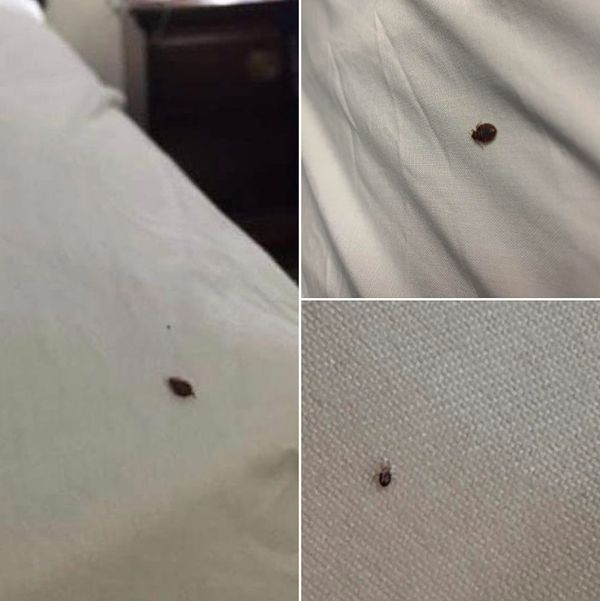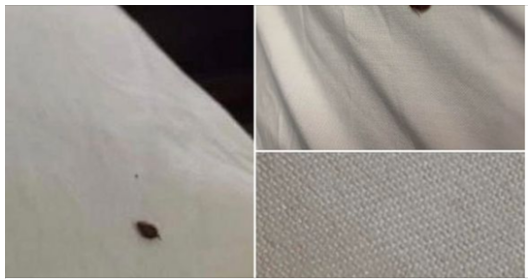Ticks are tiny creatures that often give people the shivers, and with good reason. Besides being bothersome and invasive, ticks can transmit serious illnesses like Lyme disease and Rocky Mountain spotted fever. If you discover a tick in your home, it’s crucial to act promptly.
Identifying the Tick
Start by identifying the type of tick you’re dealing with. It could be a black-legged tick, a dog tick, or a brown dog tick. Knowing the species helps in taking appropriate measures to contain it. Keep children and pets away from the area until the tick is removed.

Protecting Yourself
To safeguard against ticks, take simple yet effective precautions. Wear gloves and long-sleeved clothing to minimize skin exposure, reducing the chances of a tick attaching itself to you.
Thoroughly Clean Your Home
Ticks can hide in clothing, bedding, and even in nooks and crannies around your home. Therefore, thorough cleaning is essential. Wash clothes and bedding in hot water to eliminate ticks. Vacuum the area meticulously, focusing on cracks and corners where ticks might hide.
Safely Removing Ticks
If a tick is attached to your skin, stay calm. Use fine-tipped tweezers to grasp the tick as close to your skin’s surface as possible. Pull upward slowly and steadily; avoid twisting or jerking to prevent the tick’s head from breaking off. After removal, cleanse the bite area with alcohol or soapy water. Dispose of the tick by submerging it in alcohol or flushing it down the toilet.
Monitoring and Seeking Medical Help
Monitor the bite site and watch for any symptoms such as rash, fever, or muscle pain. If unusual symptoms develop or if the bite area shows signs of infection, seek medical attention promptly.
Staying Safe and Informed
Despite their size, ticks pose significant health risks. By taking these steps to remove and prevent ticks, you can protect yourself and your family from potential harm. Share these tips with others to spread awareness and help everyone stay safe from tick-borne diseases.


